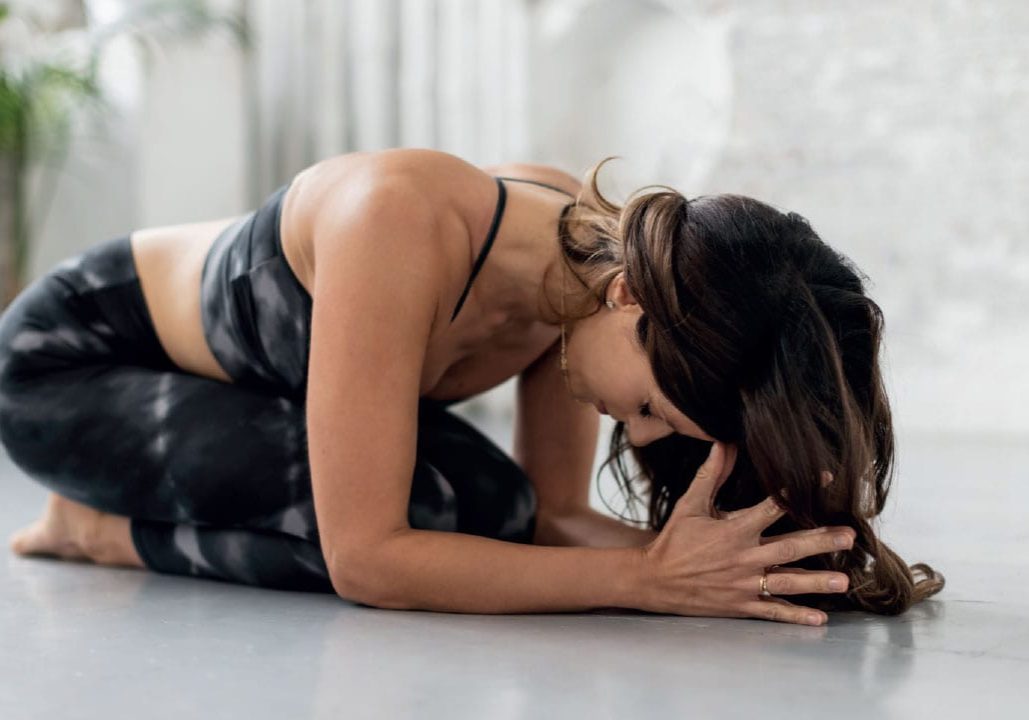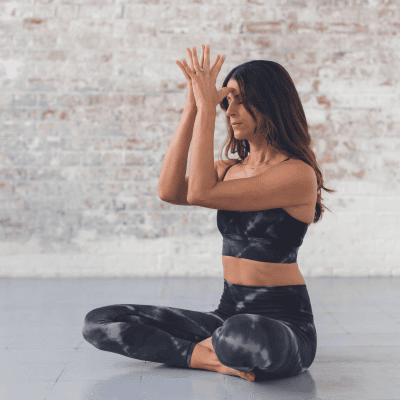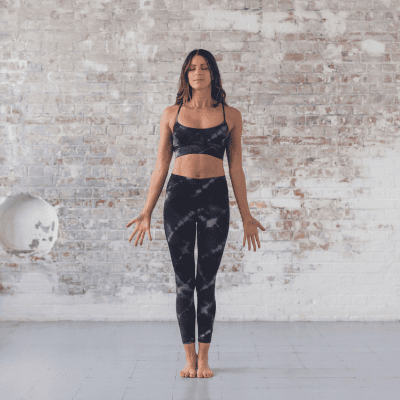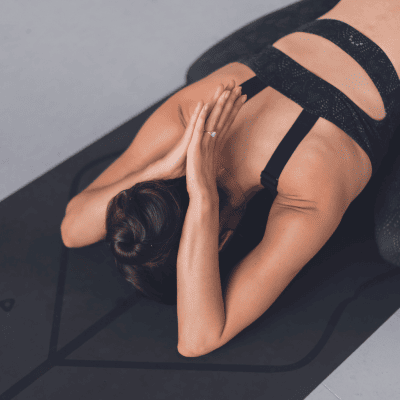
Yoga Unpacked - Brahmacharya
Ever been in a yoga class and not fully understood what the teacher is talking about? Bestselling author and creator of the top-rated Yoga Happy app and book, Hannah Barrett, is here to help. This month, she’s unpacking the yogic concept of brahmacharya
Reading time: 5 minutes
What is Brahmacharya?
“I strive to channel my vital energy mindfully and appropriately.” Yoga can start as a way to gain flexibility or strength and then it often morphs into something that can ripple throughout every word you speak, every interaction you have and the relationship you have with yourself.
We can deepen our yoga practice through the first limb of yoga known as the yamas. The yamas are yoga’s ethical backbone — considerations on how to avoid harming ourselves or others. I broke down the first three yamas in previous issues and today we talk brahmacharya, the fourth of the yamas which relates to conserving energy (traditionally sexual energy).
Although the literal translation is celibacy – striving for non-excess in our sexual desires and passion — it can be thought of as a way throughout life to channel our energy into better directions. Recognising where we may be spending energy where it isn’t needed and where it may be better suited.
Energy isn’t infinite, and although it can be renewed, we have to make sure we are not pushing too much on ourselves (or perhaps too little).
How can we apply it to life now?
We have become a world of excess whether through food, exercise, Netflix binges, over-work, the list is endless. Brahmacharya goes alongside the yogic concept of santosha, contentment or gratitude, as with gratitude there is no need for excess
Mindfulness in everyday life can help us go into each action with consciousness and an intention of balance (not indulgence). It will help us notice and tune in to how the action we are taking (that second chocolate bar, for example) really makes us feel and whether it’s actually what we need.
A few examples of how we can incorporate the concept of brahmacharya into our daily interactions:
Know what’s enough: Be mindful of what you’re eating, how much you’re working, how much time you spend connectedto technology and the amount of sleep you’re getting. Can you find balance and pinpoint what level is enough before you reach excess?
Balance in relationships: Can you promote healthy boundaries, open communication, mutual support and avoid dependency which can all lead to imbalance?
Energy conservation: Are you practicing self-care and do you need to slow down? Life is sacred and so often we move quickly from one thing to the next not taking enough time to pause and appreciate life. Rest and self-care are necessary.
Journal prompts
Journal prompts Yoga helps us connect with our true identity and journalling can be an amazing way to question our beliefs and behaviours and practice self-study. Some journal prompts relating to brahmacharya to reflect on:
- What areas of your life do you struggle with self-control or self-discipline? What habits or behaviours would you like to bring into balance? Reflect on ways you could bring more control into these areas.
- How do your energy levels feel today? How have they felt this week? What activities drain you and what replenish you? How can you cultivate and direct your energy in a way that supports and nourishes you?
- How do you feel when you are on your own, in silence and/or still?
How can we apply brahmacharya onto the yoga mat?
We can embrace brahmacharya in many ways on the yoga mat by practicing moderation and avoiding pushing ourselves beyond our limits, or comparing our practice with others. We need to honour our body’s capabilities and limitations and respect that some days we will need rest. Another way is through mindful awareness of the sensations during our practice instead of becoming attached to outcomes. Observe the breath, physical sensations and any resistance or discomfort that arises. All are messages to listen to and ways to stay present.
Asana for Brahmacharya
Balasana
Balasana or child’s pose is a resting pose that allows for introspection and surrender. It can support the practice of non-attachment, inward connection and letting go — all qualities associated with brahmacharya.
- Kneel on the mat with the big toes together and the knees about hip-width apart.
- Exhale and lay your torso down between the thighs, keeping the spine long.
- Stretch the arms forwards feeling a stretch from the tailbone out through the fingertips.
- Alternatively, you can bring the knees together and/or bring the arms back and place the hands on the floor alongside the torso with the palms up, releasing the fronts of the shoulders toward the floor.
- Rest here for 5–15 slow breaths, focusing on the breath and any sensations from within the body
If you want to understand more about brahmacharya and the other yamas, check out Hannah Barrett’s book Yoga Happy and the yamas and niyamas series on her app, also called Yoga Happy! Visit: hannahbarrettt.com







